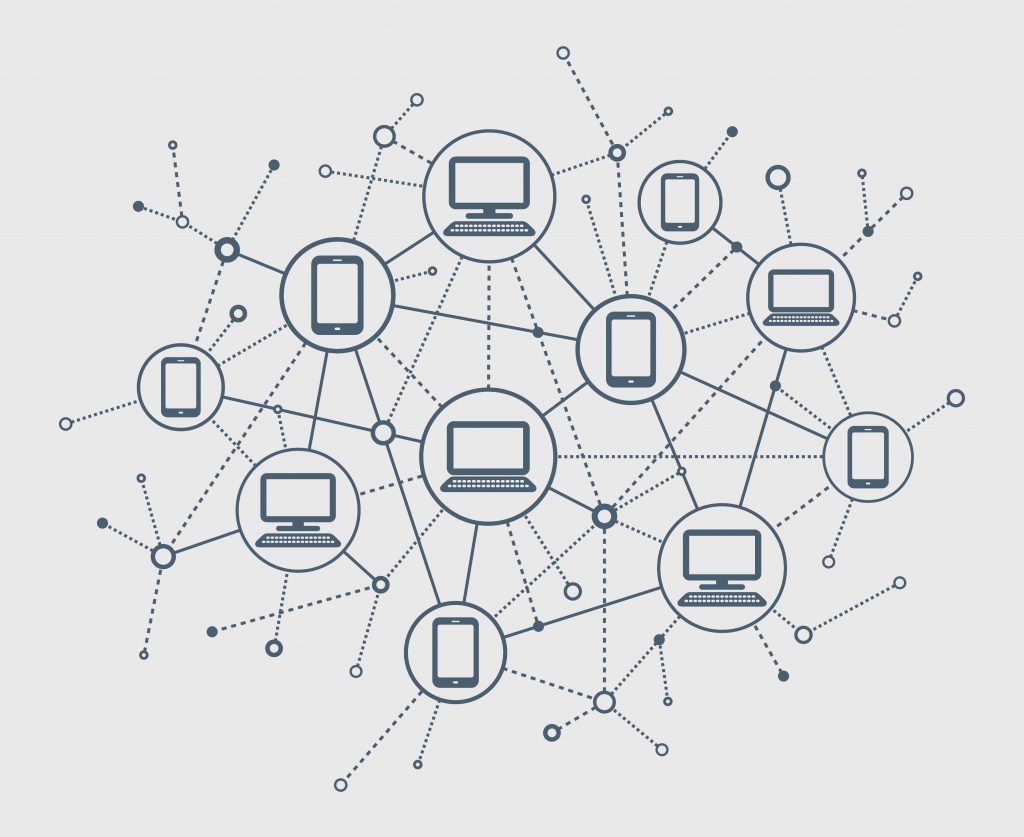You’d probably been enjoying a great day utilising free wi-fi at a bus stop or stealing it from your neighbour, only to be IR fibre optic slow connection as soon as several devices join the network.
We are now employing mobile data and wi-fi technologies. Despite significant advancements in these technologies over the last several years, we are still far from the greatest.
Instead of utilising copper or fibre-optic cable connections, mobile internet connects to the internet through a 2G/3G/4G network. It has better mobility and flexibility than conventional phone systems.

On the other hand, Wi-fi is a wireless technology that employs radio waves from the electromagnetic spectrum to deliver high-speed internet access. Wi-Fi is sometimes misunderstood as a short form for Wireless Fidelity, although this is not the case. It is just a trademark word for the IEEE 802.11x protocol. It is typically quicker than mobile internet, although the number of wi-fi connection spots is frequently restricted. Also, as the number of individuals connected to the network grows, so does the speed.
Wireless technology has recently grown, and you may now connect practically everywhere, including at home, work, libraries, schools, airports, hotels, and even certain restaurants. Because there is a wireless network access point, it can be used anywhere. These access points range roughly 20 metres inside and considerably more outside. Coverage may be as little as a single room with radio-wave-blocking walls or as big as several square miles produced by employing many overlapping access points. But if you want high-speed internet service, it requires a paid subscription. The most affordable and high-speed internet can be subscribed via Time Fibre Internet From JomPay.
The advantage of any wireless service is that it can reach any area as long as it is within the signal coverage, independent of the terrain or building form. Surprisingly, the ease of setting up a Wi-Fi network (known as a hot spot) has resulted in the technology being readily accessible in practically any area of interest, such as malls, restaurants, airports, bookstores, fast-food restaurants, and so on.

The wide availability of Wi-Fi hotspots is also supported by the range of coverage that wireless access points may provide. Wi-Fi can often reach hundreds of metres in outdoor areas, whereas it can only reach 25 to 50 metres in inside areas, depending on concrete materials, power, radiofrequency, Wi-Fi device sensitivity, and other barriers.
WiFi brings us many benefits, but it’s easy to get carried away and be fully dependent on it. People can get very addicted to things online such as games and gambling. It is important to step outside and get a breather now and then. Don’t forget to enjoy the simpler things in life too.
